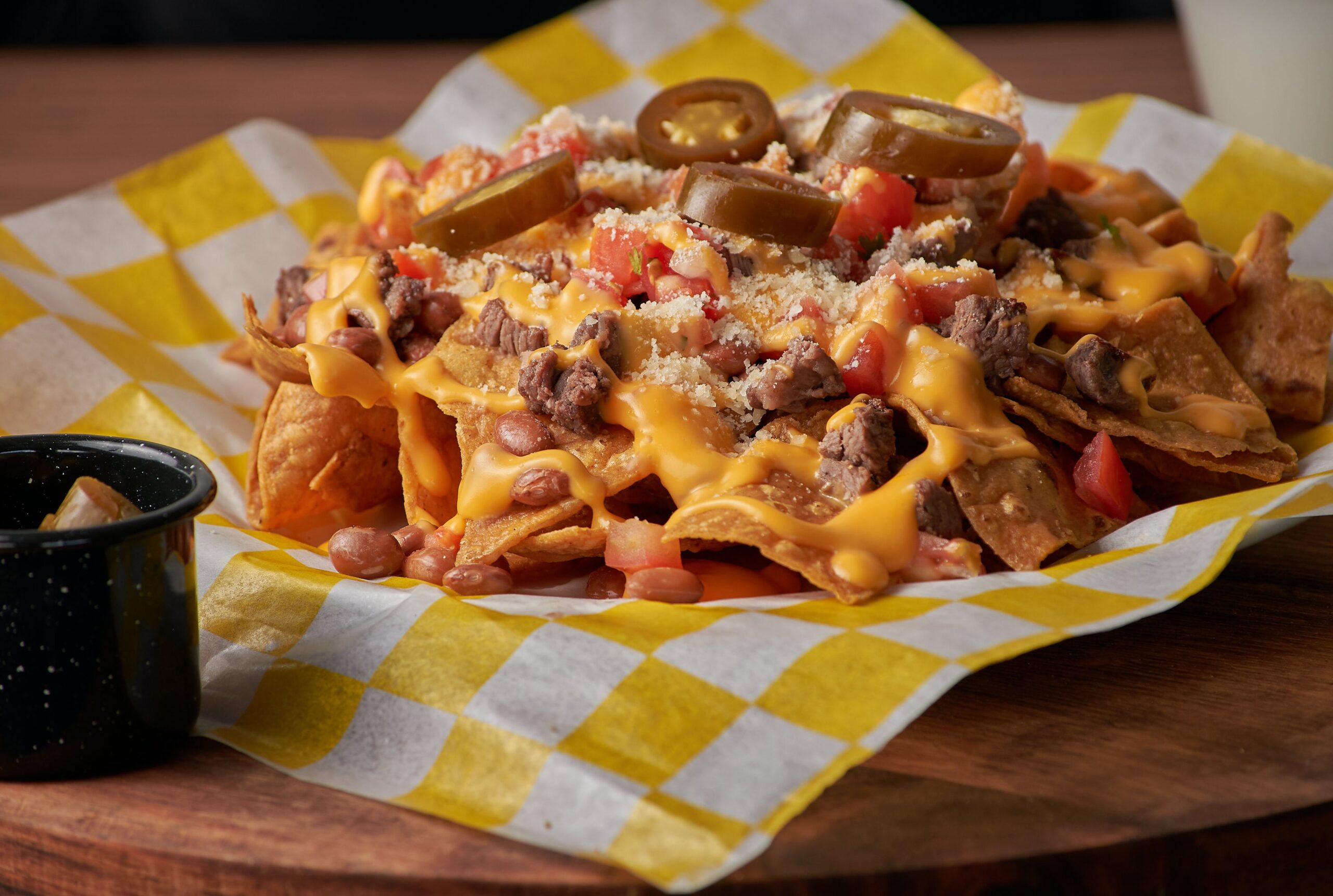This Sunday, the San Francisco 49ers take on the Kansas City Chiefs in the Super Bowl.
But the New York Times has already declared an MVP, at least when it comes to the many Super Bowl parties. And that most valuable player is from Texas.
Any guesses? Here’s a hint: A lot of Americans will be shopping for avocados, chips and salsa between now and Sunday.
Cristina Morales, a food reporter at the Times, said the key to a good Super Bowl party is Tex-Mex.
“Americans really love Mexican food,” Morales said. “And that’s been a huge part of its growth throughout the country. But part of it has to do with food marketing, has to do with expanded production and distribution throughout the country as well.”
Morales said there is an important distinction between Tex-Mex and more traditional Mexican cuisine.
“The cuisine that I’m talking about is generally considered to be Texas-Mexican and Texas-Mexican is essentially composed of staples from Native American and Mexican American home cooking throughout Texas and along the border,” she said. “But Tex-Mex cuisine has something that most Americans have sort of picked up and shortened.”
Morales traced the origins of certain game day staples in her reporting. The origins of Frito pie, for example, are not entirely clear. Some people credit Daisy Doolin, the mother of the inventor of Fritos, as the creator. Others think it may have been invented at a store in Santa Fe.
Morales also looked into the history of nachos.
“Nachos were created by Ignacio Anaya, and his nickname was ‘Nacho,’ in the 1940s at a restaurant in Piedras Negras, Mexico,” she said. “He would take tortilla chips, and he would essentially bake or broil it with cheese on top and then add jalapeños.
And this was first originally for some women who came to the restaurant as it was closing and had asked for some food. But the ones that we know today from baseball stadiums, football stadiums with this, like, you know, gooey yellow cheese was popularized by a man named Frank Liberto. And he had first served them at a Texas Rangers game in 1976.”
The spread of these foods and recipes came about through cookbooks produced by companies and sold at grocery stores.
“In the 1930s/1940s, a lot of companies wanted to introduce Americans to the products that they were selling. And one way that many companies did that was to put out recipe books, put out recipes on the back of cans, on the back of boxes,” Morales said.
“The most popular way that we know of chili con queso throughout the U.S. uses Velveeta and a can of Ro-Tel, and that was first published in the back of a can of Ro-Tel in 1949.”
» RELATED: Ro-Tel: a Rio Grande Valley success story
And how did we get to a place where these foods were staples of the Super Bowl, specifically? Morales said we can thank advertising.
“In the late 1960s, early 1970s, advertising for the Super Bowl really picked up. And so people started to associate the food brands that were (mentioned) on the Super Bowl with having these foods at the Super Bowl,” she said.
“There’s this side by side between the Super Bowl and its prominence in the U.S. and the foods that are advertised. And that’s because the Super Bowl is a game where these companies have sort of advertised snacking. And so that’s why a lot of these foods have become so popular.”












